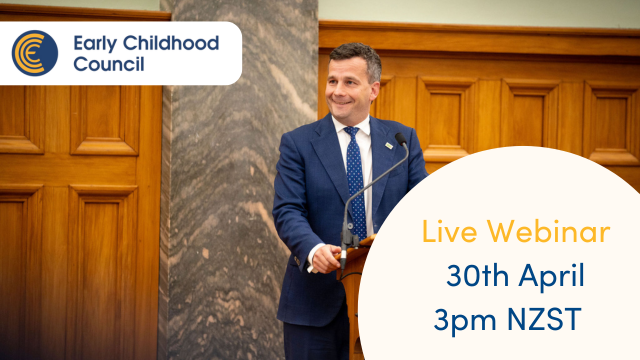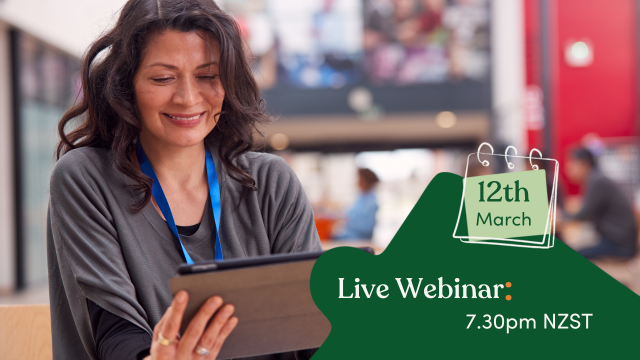Biting. One day it seems our young toddler is a sweet, cheery little bundle of joy, and the next minute we are giving them a cuddle and feeling a painful bite on the shoulder. Even worse, the educators in their childcare centre are telling you that your child has started to bite other children and “we need to talk about this.”
Let's start with what NOT to do...
1. It is not remotely helpful to bite your child back so that they can feel what it is like. This thinking sits in the same erroneous zone as “I will give him a smack on the bottom to teach him not to hit!” More likely, biting your child will create distrust and confusion. Remember you are bigger and more powerful than them. Being bitten by a giant only creates fear.
Understanding why children may bite
To understand why toddlers bite it is important to first recognise where they are at developmentally. Toddlers are just beginning to become verbal, and they are learning how to interact with others. Their ability to articulate how they feel using language is usually quite limited at this stage. But their feelings are often huge! If you do the maths it is easy to understand why biting can become a mechanism for communication.
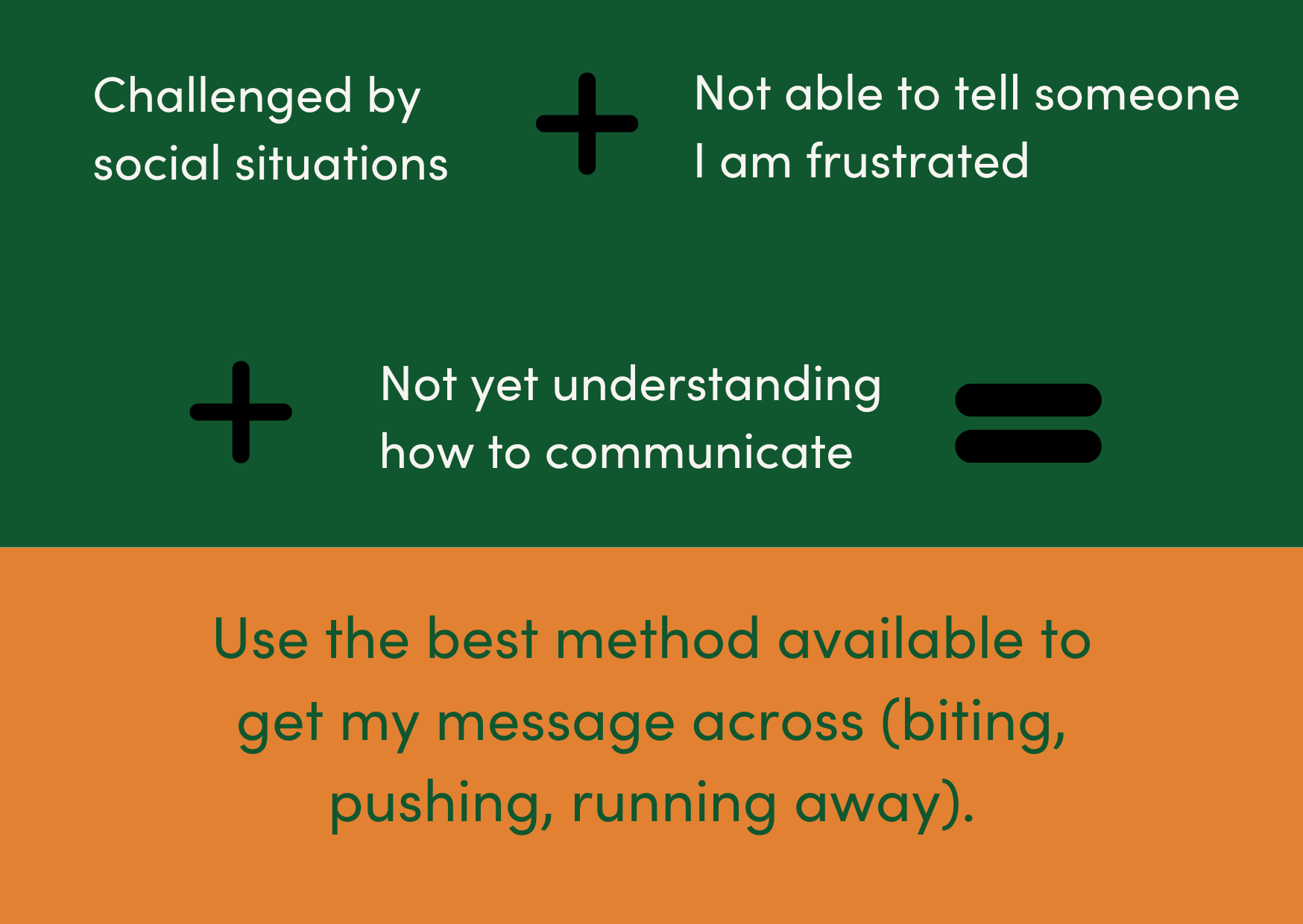
- Anxiety
- Fear
- Frustration
- Curiosity
- Tiredness
I love this statement from Janet Lansbury...
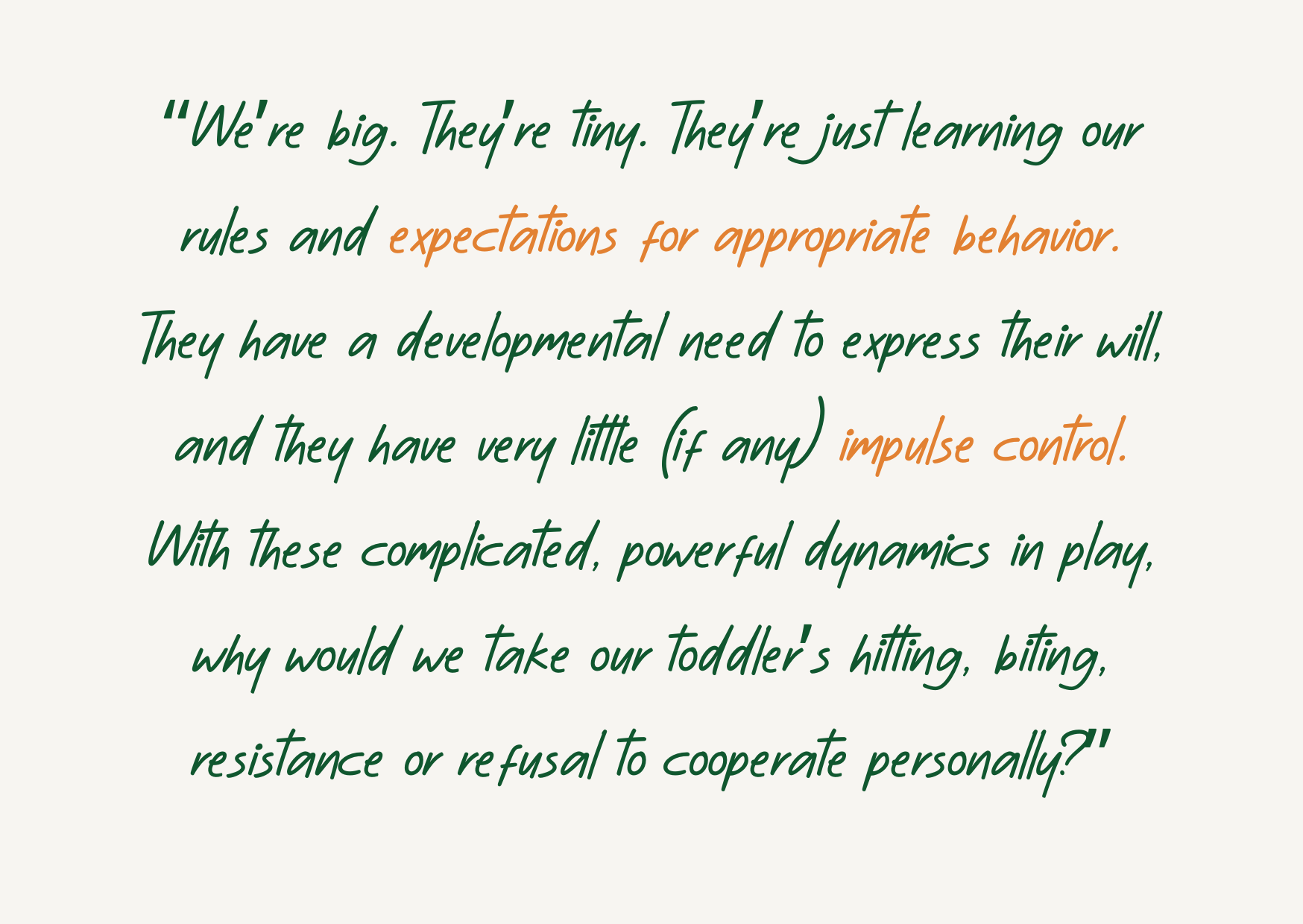
What can you do when your child is biting?
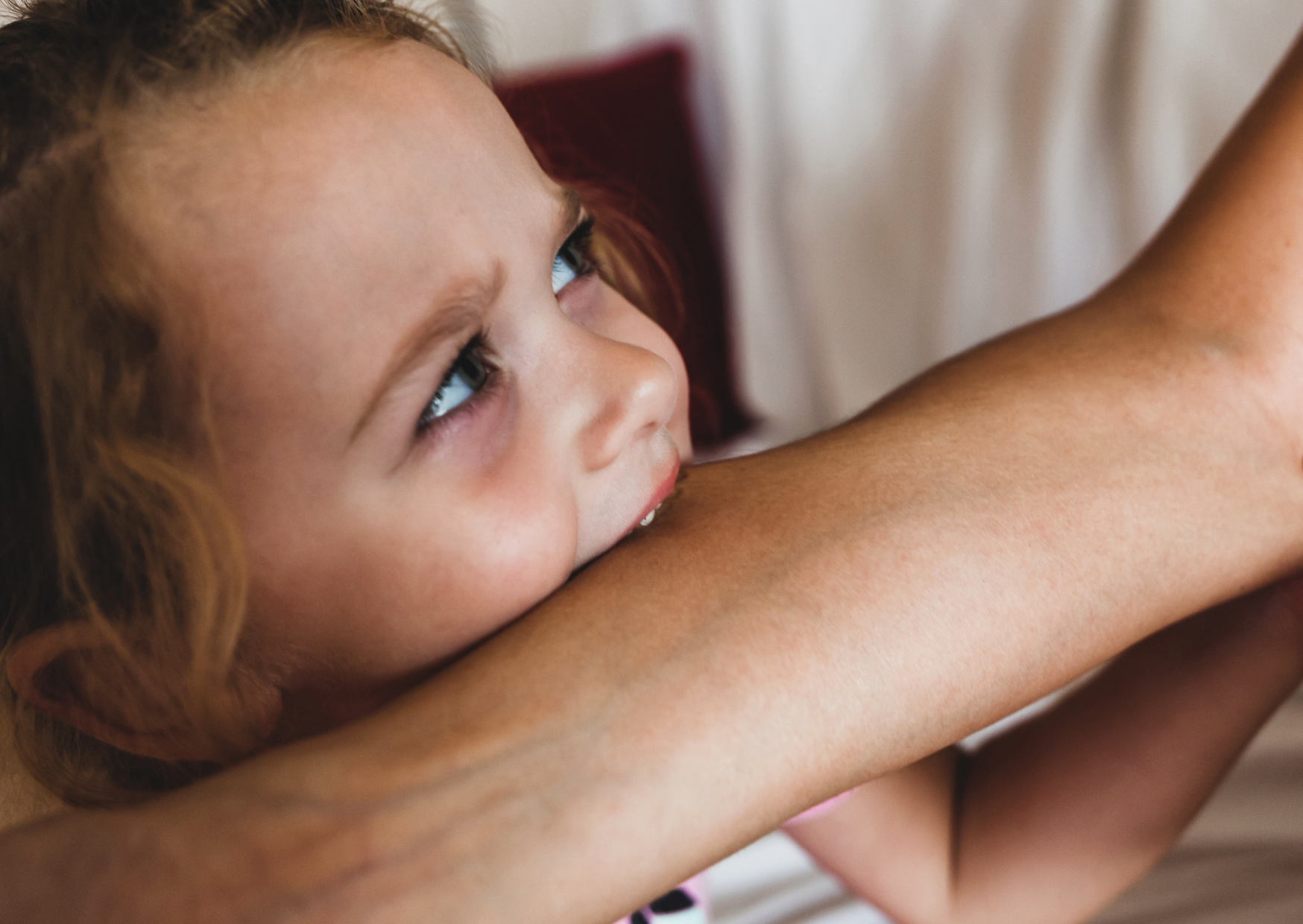
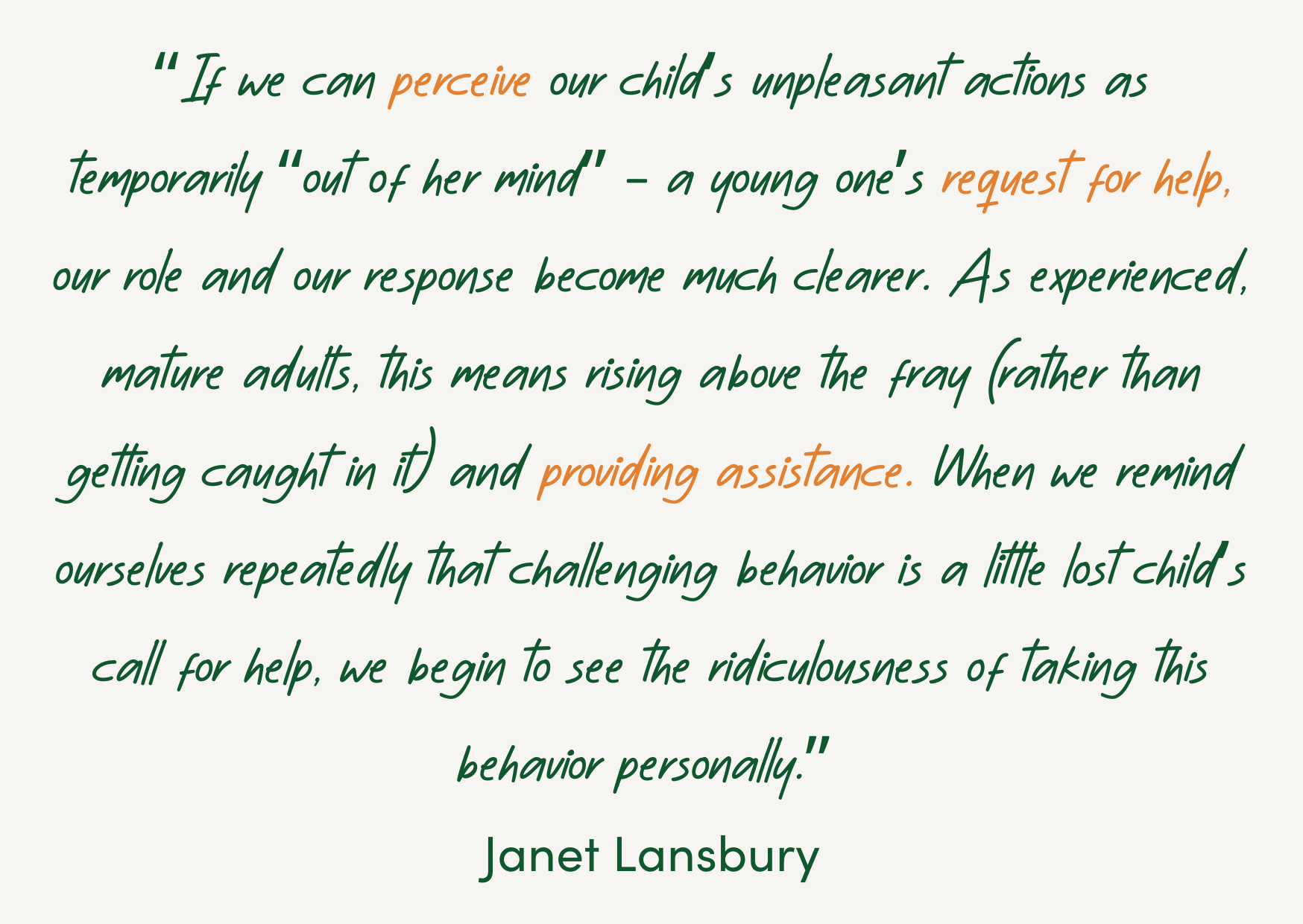
Join our FREE parent community to learn more
from parent educators
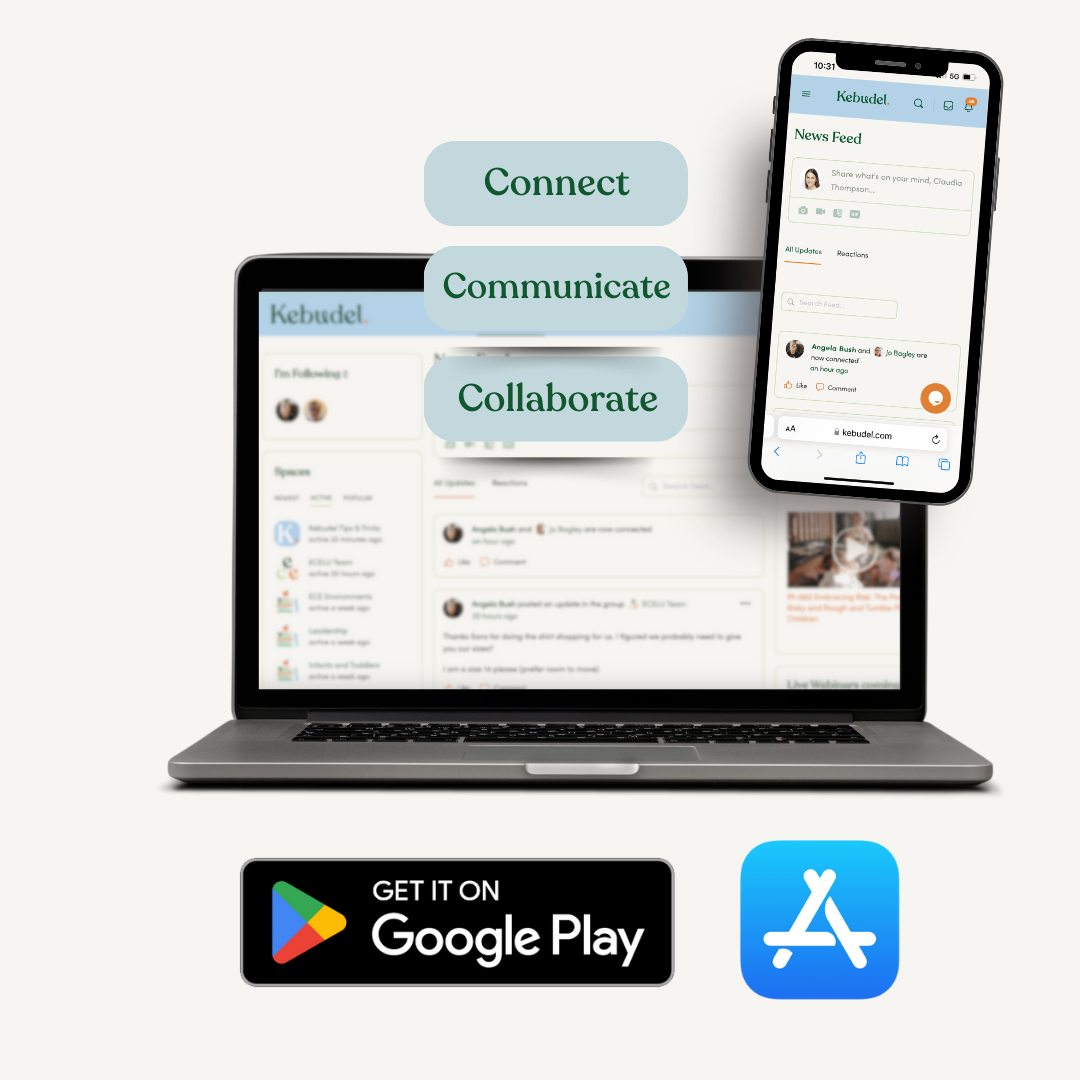

Angela Bush
Share your thoughts...





